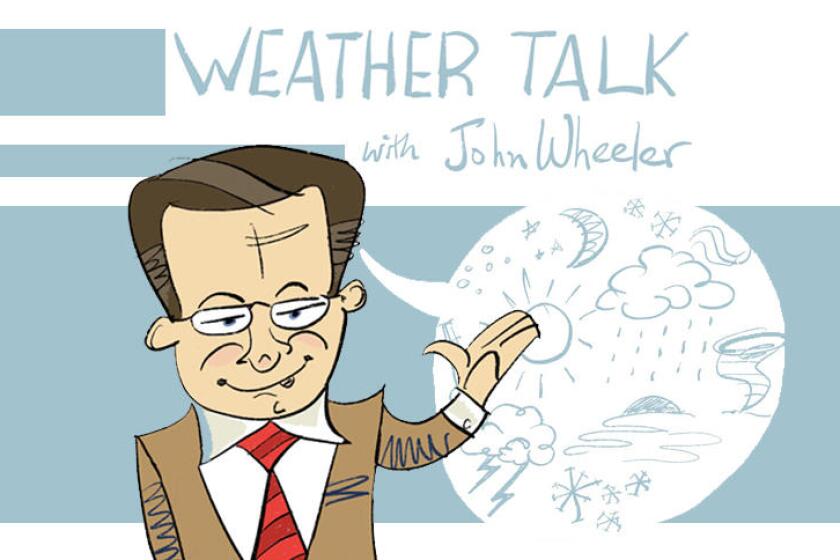FARGO — Widespread drought across much of North America, particularly in the Northern Plains and Upper Midwest, during the summers of 1988 and 1989 was, perhaps, the worst weather disaster of the last 50 years. Thousands of heat-related deaths were associated with the drought, as well as damages exceeding $60 billion ($160 billion in 2025 dollars). It was the worst drought since the 1930s.
The cause of the drought is still not entirely known. A northward shift of the eastern Pacific Inter-Tropical Convergence Zone (ITCZ), a persistent band of tropical thunderstorms, likely forced the jet stream into the blocking pattern that greatly reduced storm systems across the continent. Also, extremely dry soil conditions starting with the very beginning of spring meant very little moisture for evaporation, greatly reducing the coverage of pop-up thunderstorms. Although there had been hints that the summer weather pattern might be dry, there was no advance warning of a drought so severe.









